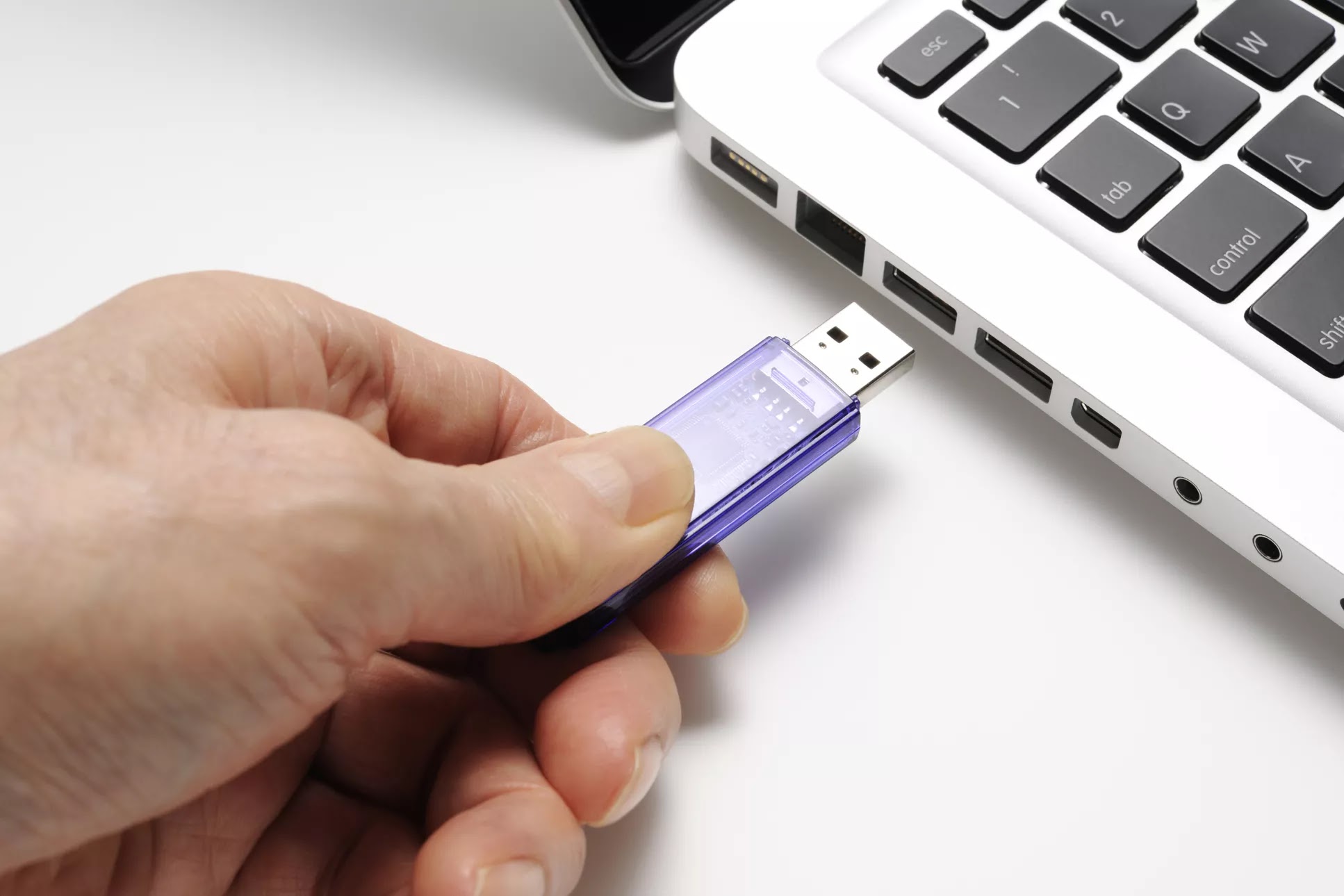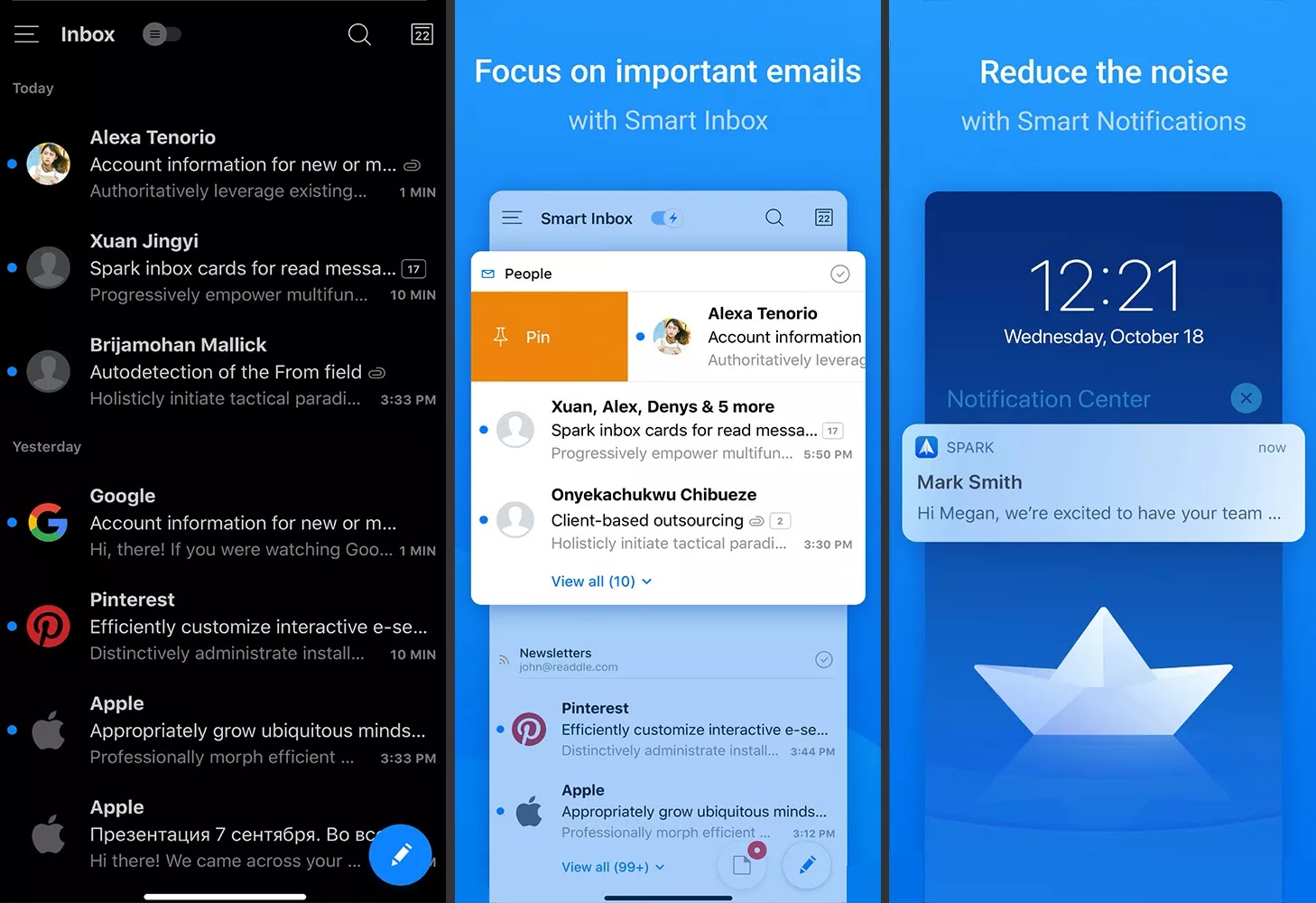What is a Flash Drive?
A flash drive is a small, ultra-portable storage device that, unlike a traditional hard drive or optical drive, has no moving parts.
Flash drives
connect to computers and other devices via a built-in USB Type-A or USB-C
connector, creating a sort of combination of device and USB cable.
Flash drives are
often called pen drives, thumb drives, or jump drives. The terms USB drive
and solid-state drive (SSD) are also sometimes used, but most often refer to
larger, not-so-portable USB-based storage devices like external hard drives.
How to Use a Flash Drive
To use a flash
drive, simply plug it into an available USB port on your computer.
On most
computers, you will be warned that the flash drive has been inserted and the
contents of the drive will be displayed on the screen, just like other drives
on your computer are displayed when you browse for files.
You can also use
a flash drive with an Android phone or connect one to an iPhone or iPad.
Exactly what
happens when you use your flash drive depends on your version of Windows or
other operating system and how you've set up your computer.
Available Flash Drive Sizes
Most flash drives
have storage capacities ranging from 8GB to 64GB. Smaller and larger flash
drives are also available, but they are harder to find.
One of the first
flash drives was only 8 MB. The largest we know of is a USB 3.0 flash drive with a
capacity of 2TB (2048GB) from Kingston.
More About Flash Drives
Flash drives,
like hard drives, can be written and rewritten almost indefinitely.
They have
completely replaced floppy drives for portable storage, and considering how big
and inexpensive they have become, they have almost replaced CDs, DVDs, and BDs for
data storage.




Comments
Post a Comment